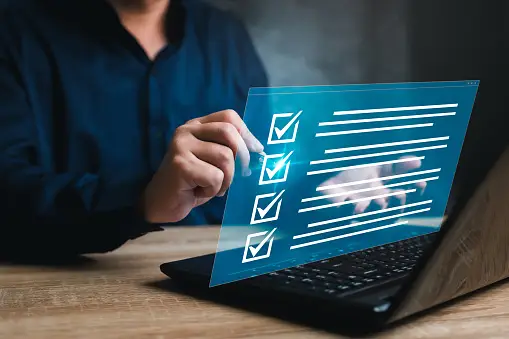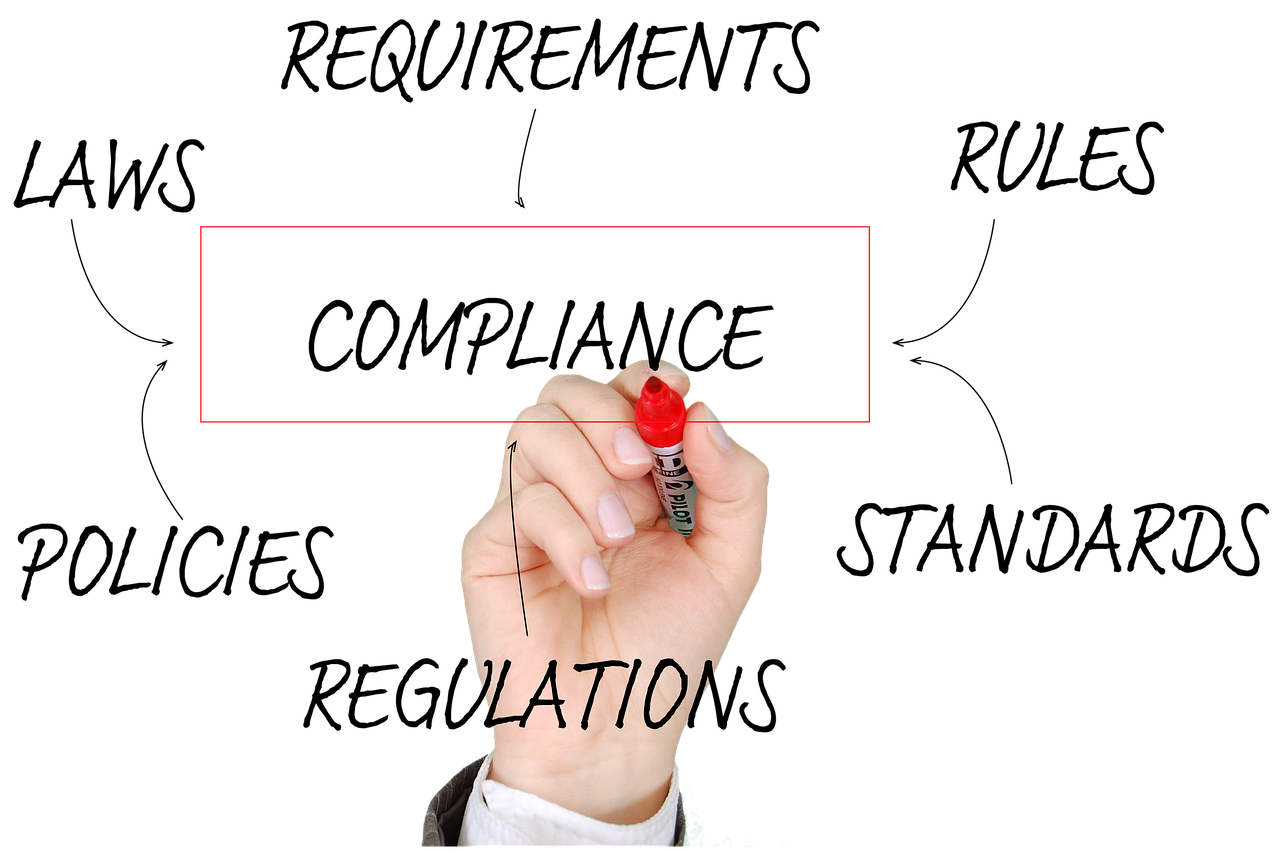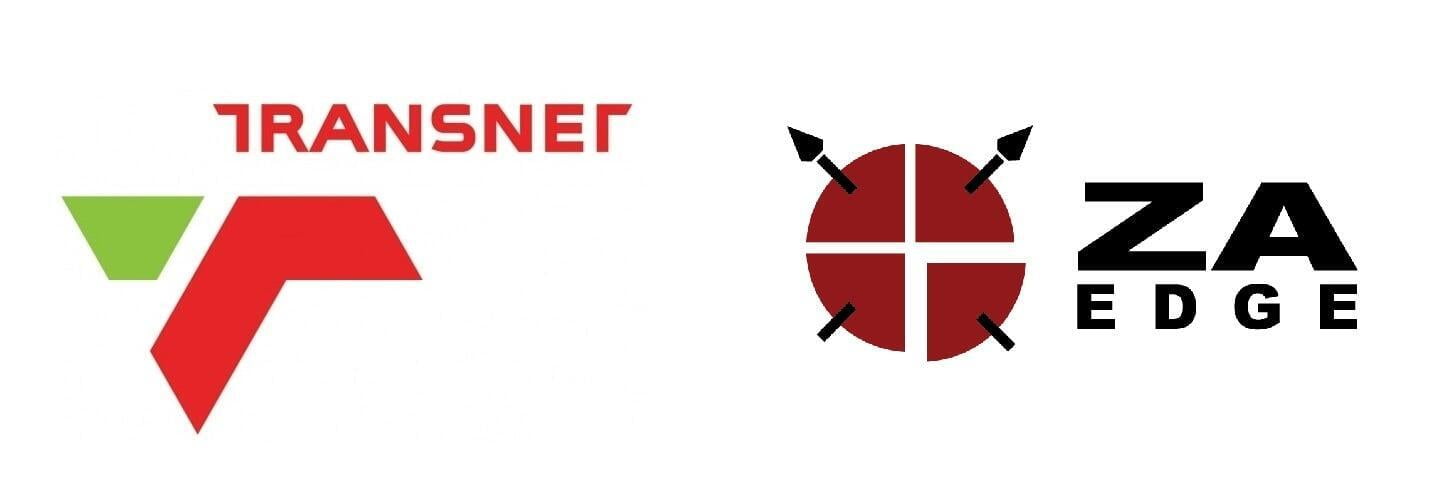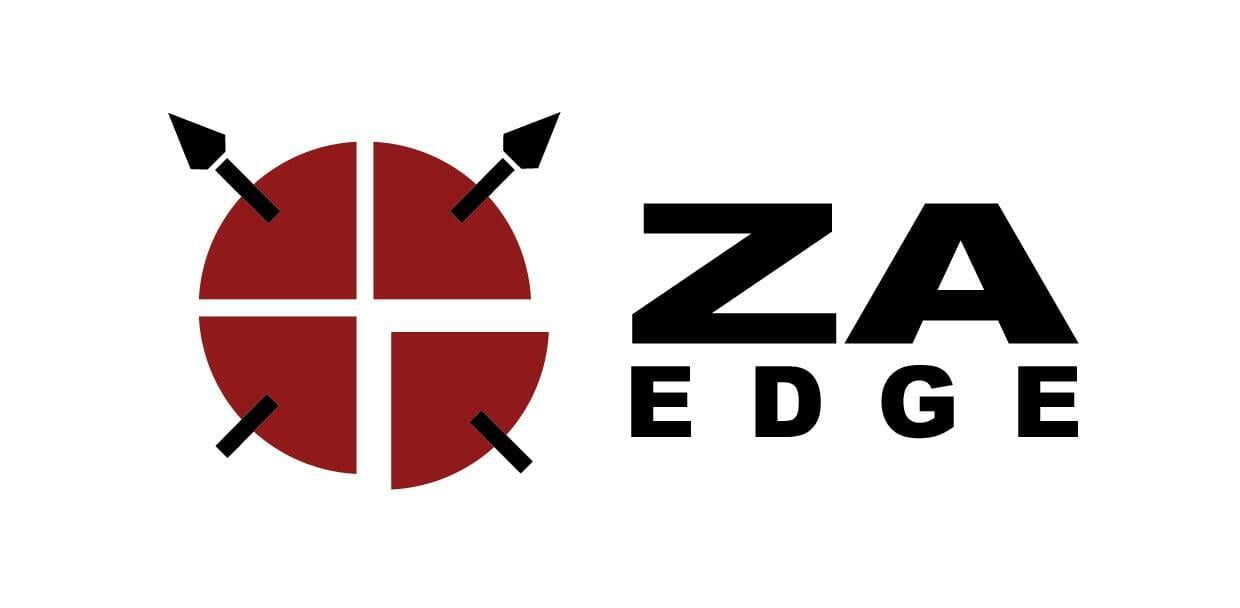What is Asset Verification?

Asset verification, closely related to Asset Auditing, is a process of reviewing an organization’s assets to ensure they exist, are accurately recorded, and are valued correctly in the financial statements.
ZA Edge offers a tool for asset verification, a vital step in the asset management lifecycle. The tool captures and verifies assets in the field, both new and existing, and integrates them with a Transnet Asset Register.
Why is Asset Verification Important?
1. Ensuring Asset Existence and Accuracy: One of the key and most obvious reasons physical verification is necessary is to confirm the existence of assets. By physically inspecting assets, organizations can identify any missing or misplaced items, thereby improving the accuracy of asset records.

3. Compliance with Regulatory Requirements: Many regulatory bodies require organizations to maintain accurate records of their fixed assets. Physical verification helps organizations to comply with these requirements.


2. Detecting and Preventing Asset Misappropriation:
Physical asset verification acts as a deterrent for asset misappropriation and reduces the risk of financial losses and fraud.

4. Improved Financial Reporting: Accurate asset records are essential for financial reporting. Physical verification helps organizations to identify and correct errors in their asset records, which can improve the accuracy of financial reports.
Who does Asset verification apply to?
Who does Asset verification apply to?
Asset Managers and their Asset Management teams play a crucial role in developing policies, maintaining, controlling, and monitoring assets in accordance with laws and regulations.
Developing and maintaining asset registers is a crucial function, that includes executing and monitoring the implementation of the asset acquisition, maintenance, and disposal plans, and preparing a monthly reconciliation with supporting schedules of the asset registers to the relevant accounting records.
Asset verification is pivotal to safeguarding your company's assets and ensuring accuracy of the accounting process.


How often does Asset verification happen?
How often does Asset verification happen?
How often does Asset verification happen?
The frequency of asset verification depends on the organization’s policies and regulatory requirements. Physical verification is often performed annually, but some organizations may choose to perform it more frequently.
What happens after Asset verification?
What happens after Asset verification?
After asset verification, the organization can use the results to update their asset records and financial statements. If any discrepancies or errors are found during the verification process, the organization can take corrective action to address them.



